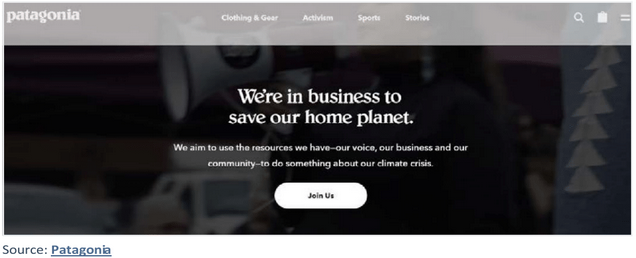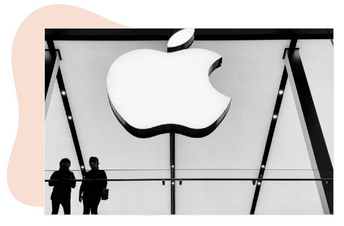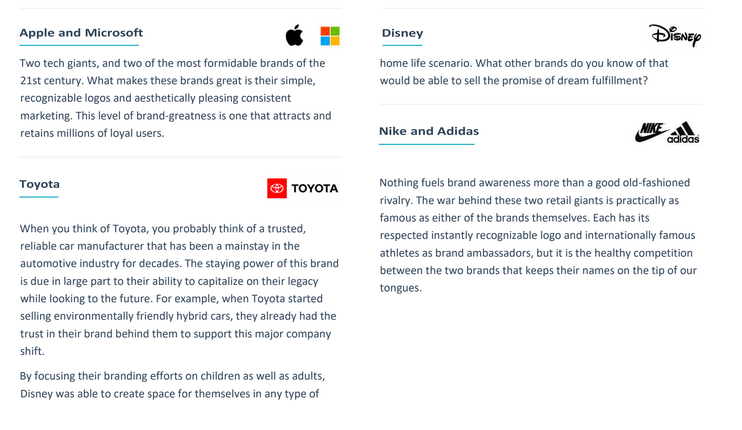Introduction: Creating Brand Identity
We help leading manufacturers win by developing their most significant strategic advantage: marketing into niche categories.
If you’re like most B2B manufacturers, you serve several niches. And for you, there are two paths to growth: upping performance within your current niches, or discovering and conquering new ones. Either way, our full service team—spanning marketing strategy, creative, and full-stack development—are steeped in the unique manufacturing marketing expertise required to power your growth goals.
Not only does your brand include visual elements, but it portrays your company’s mission and values. For example, Starbucks is dedicated to empowering employees and provides benefits like healthcare and educational opportunities. CEO Howard Schultz, a de facto brand loyalty expert,comments, “If people believe they share values with a company, they will stay loyal to the brand.”
Another example is Patagonia. The company features an “Activism” tabright on their homepage,urging customers to help them save our planet, a mission that resonates with consumers.
In the inbound marketing age, “brand” can be tricky to define. Typically, branding refers to branding on the internet-and the internet moves pretty fast. More than ever before, brands can be built up in an instant, and in turn they can fall just as quickly. A successful brand is one with longevity that is built up over time and flexible enough to adapt to the current market trends and expectations. So, what separates the flash-in-a-pan brands that come and go seemingly overnight from the brands that retain loyalty across demographics and generations?
The key: a differentiator.
A brand’s differentiator is what sets it apart from the competition and moves its brand from simply being known and recognizable to being desired beyond the confines of the brand identity. Once a brand finds that differentiator, it becomes its calling card. It’s how everyone recognizes the brand and the first thing everyone judges it by –so your brand needs to be consistent.
No matter which channels your customers choose to interact with your brand –your website, blog, email, Facebook, X (formerly known as Twitter), or whatever tomorrow’s technology may bring –they should all demonstrate the unique experience that your brand represents.
Examples of Great Brands:
The common thread shared by all great brands is their dedication to their differentiator. See if you can identify the calling card of each of these well-known, successful brands.
























